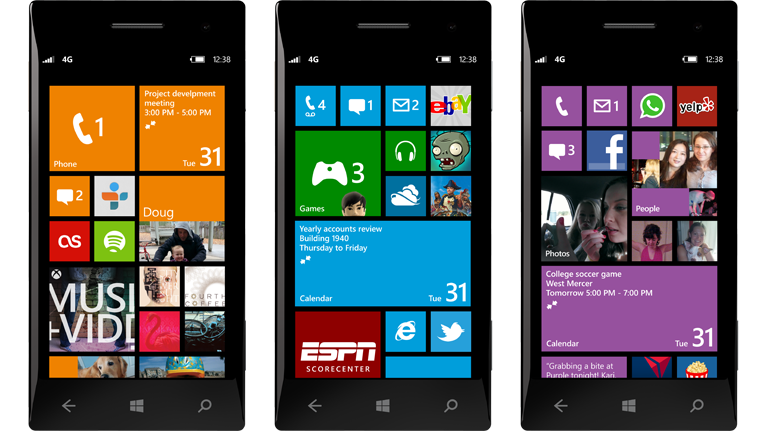The fence that divides the city of Nogales is part of a natural experiment in organizing human societies. North of the fence lies the American city of Nogales, Arizona; south of it lies the Mexican city of Nogales, Sonora. On the American side, average income and life expectancy are higher, crime and corruption are lower, health and roads are better, and elections are more democratic. Yet the geographic environment is identical on both sides of the fence, and the ethnic makeup of the human population is similar. The reasons for those differences between the two Nogaleses are the differences between the current political and economic institutions of the US and Mexico.
This example, which introduces Why Nations Fail by Daron Acemoglu and James Robinson, illustrates on a small scale the book’s subject.* Power, prosperity, and poverty vary greatly around the world. Norway, the world’s richest country, is 496 times richer than Burundi, the world’s poorest country (average per capita incomes $84,290 and $170 respectively, according to the World Bank). Why? That’s a central question of economics.
Daily Archives: June 20, 2012
Strategy Tax (1): Microsoft Burns the Ships(2); Apple’s Latest Software Supports a 2009 iPhone
Microsoft and Apple are thinking different on mobile strategy.
For decades, Microsoft expended considerable treasure and time to insure that old software ran on the latest Windows release. This meant that Windows carried a substantial amount of baggage, symptoms of which include slow boot times and the need to periodically wipe a hard drive and re-install the operating system.
Apple, on the other hand, has a long, well earned reputation for killing off products, software and peripherals largely in an effort to use the latest and greatest technologies – and create superior software experiences. Apple historically minimized the amount of baggage in new software releases. Their current operating system (10.7) eliminated support for PowerPC (Apple’s former cpu architecture, pre-Intel) software and therefore hardware of a certain vintage.
Microsoft, in a splashy Los Angeles event, ditches their long time hardware partners such as Dell and HP for what appears to be a home-grown tablet computer. They call it “surface”. Horace Dediu takes a look at the economic and strategy implications, which are not insignificant, of this announcement. 
The next day, Microsoft announced that their upcoming Windows 8 Phone software will not support current phones. More ships burning, including Nokia.
Just last week, Apple announced the 6th major release of their iPhone and iPad operating system, known as iOS 6. Interestingly, the 3 year old iPhone 3GS (photo above) continues to be mostly supported. Apple notes that “not all features are available on all devices”.
It appear that Apple is attempting to address different smartphone price points using the 3GS (2009), 4 (2010), 4s (2011) and the looming 5th generation phone (2012).
The image of Microsoft burning the ships, that is hardware partners along with recent and significantly hyped smartphones is quite a contrast to Apple. Apple’s strategy appears to be ecosystem über alles.
Apple’s ecosystem includes iCloud, Siri, iTunes and the App Store.
What might the strategy tax be for both players?
Links: 1. Strategy Tax and 2. Burning the Ships.
Cringely takes a look at Microsoft’s announcement, as well.